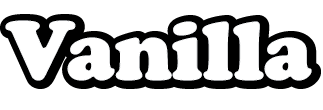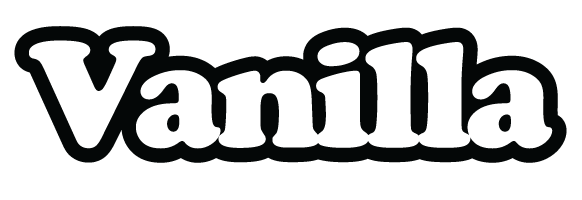Lukas Krob, an up-and-coming designer, talks about his creative process and his collection “CH1840 CH1870 CH1903.” We dive deep into his experience discovering him through this collection’s photographer Omid Aghdami crafting this collection, inspired by the Säntis Mountain in Switzerland. He shares his experience with crafting his first-ever collection, working with innovative technical fabrics, collaborating with his father, and his end-to-end creative process. With an artistic avant-garde approach to fashion and a clever execution of futuristic design techniques, Lukas is surely on the way to pioneering a unique path for himself with his thought-provoking creations.
Read our conversation with Lukas, delving into his latest collection, his journey, exploring what fires up his creative engine, and uncovering his vision for the future.
How was your overall experience crafting this collection? Did you learn any new techniques or skills working on this collection? Did you face any challenges and if yes how did you overcome them?
For this collection, I worked partly with technical fabrics that are otherwise used in the filter industry or in upholstery. The processing and the material-specific characteristics such as flexibility or susceptibility to creasing were new to me. For some models it worked out very well, but I had set myself a very big challenge with one fabric in particular. I wanted to make the top for my male outfit from a spacer fabric that is normally used in upholstery.
The top should have a very daring shape which I could only achieve by draping. Due to time constraints, I had to choose a different outfit because draping was a big challenge for me.
I had a lot of fun developing the collection. It was my first collection, everything was new and especially time was one of my biggest opponents. Through the apprenticeship, I have the perfect foundation to work independently. I was able to try out different processing methods and sew prototypes very quickly.
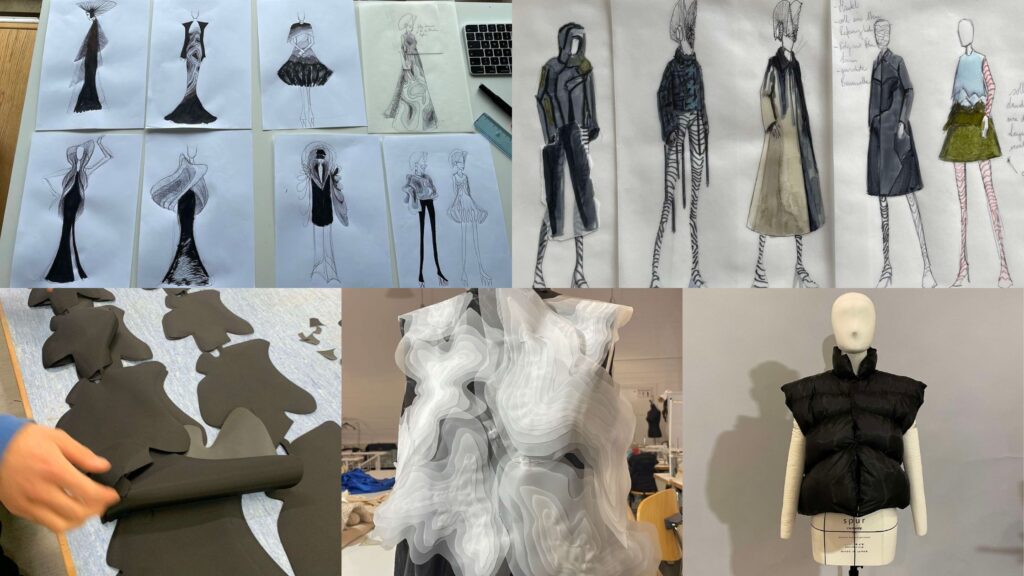
Would love to learn more about your in-depth design process, starting from ideation to final garments.
The design/concept process must have taken over two months. I wanted to choose a personal theme for my first collection without it being obviously recognizable.
For my first collection, I was very concerned with the question of what “home” means.I was born in Germany, grew up in Switzerland and then moved to Düsseldorf for further education.
“What does home mean, where am I at home?”
For me, the Appenzellerland is home.
As soon as I sit on the plane back to Zurich and the flight attendant greets me with “Grüezi” I know I’m going home. I, therefore, wanted to dedicate my first collection to my homeland, the Appenzellerland. The Alpstein has always fascinated me, which is why I took it as a source of inspiration. The Alpstein is a mountain region in the east of Switzerland, not far from where I grew up. Depending on which hill you are standing on, you can see the peaks of the “Alpstein” in the distance.
“CH1840 CH1870 CH1903” are the three coordinates that form the “Säntis” in the middle. The Säntis is the highest mountain in the region and serves as a triangulation point for the map survey. Since my collection with the visual inspiration lies on the contour lines I have chosen this title.
As a child, I was often hiking with my family in the Alpstein and we always had a map with us to stay on the right path. While researching maps, I came across a map with only the contour lines drawn on it, which I found totally exciting.
These contour lines explain the two-dimensional three-dimensional I wanted to use the other way around as the main theme of my collection. Each contour line is a single layer layered on top of each other and thus transferred back into 3D. These “patches” then form the basis for the dress or vest and in singular form and in another form at the jacket or jumpsuit.
My process looked like this, I first made sketches for a month. Then I looked at which outfits fit together best and made sense in the overall context.
After that I started sewing each outfit as a prototype, for some outfits it took me several attempts until I was satisfied. In the final phase, I was at school every day in January and sewed the collection until I had the photo shoot with Omid Aghdami at the beginning of February.
You worked with your dad during the creation of this collection. Can you talk a bit more about how your dad contributed to your fashion journey? Your experience working with him and a bit about his expertise as well.
My father is an industrial designer, specializing in office furniture.
Working together was very intensive, he is like an additional lecturer to me. Especially when it comes to design or optimization issues, the exchange is extremely helpful. My father’s main focus, besides design, is in engineering. His strong technical manufacturing background is the ideal counterpoint to my artistically free projects. He often gives me inputs from a completely different environment which often refreshes the process as his thinking is not limited to fabrics. Thanks to him I was able to 3D print the shoes and the logo tags. He also showed me the fabrics I used for the white dress. It is a filter fabric used for technical filtration in the industry; I cut out over 400 layers from this fabric and then sewed them together.
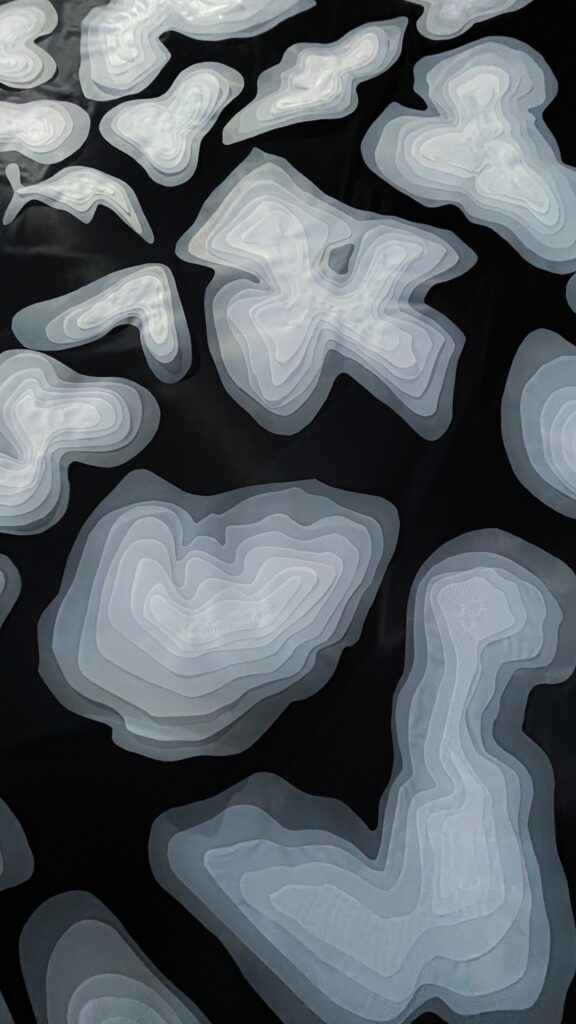
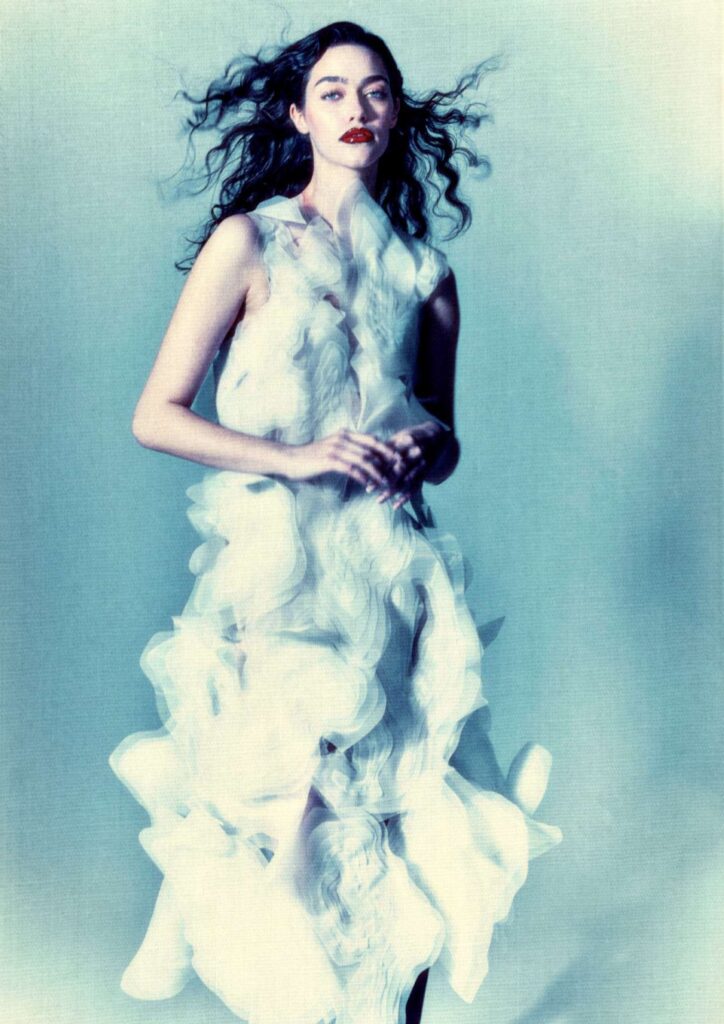
Your collection had few but remarkably innovative pieces. Is this an approach that you plan to continue with, an avant-garde approach of selected pieces but thoughtful designs? Or would you like to explore a more commercially widespread angle?
I want to develop avant-garde fashion and create new things. I am not yet dependent on selling my clothes and think that it is important to try yourself and to find the limits when testing shapes.
I try to make a mix though, for example, not all dresses were unwearable, especially with the black jacket I often heard that many would wear it themselves.
I feel very comfortable in the experimental/artistic niche, which is why I will continue to work in the future in this direction.
How important of a role does technology play in your design process and do you see yourself working with fashion tech in the long run?
I love to try new things to generate new experiences for myself and the user. New materials, new processing techniques, analogies and materials of non-fashion areas to use and put in a new context excite me very much.
The focus is not only on being different but also on economic or useful arguments. How can fabrics be cut and joined in the future? Sewing, gluing, welding,…all techniques that can positively influence the garment in terms of wearing comfort or price. This constant search for innovation on the one hand, coupled with my traditional tailoring knowledge on the other, is what makes it so appealing to me.
Your shoes were quite intriguing, they had an artistic architectural appeal. Tell us a bit more about your thought process and inspiration for the shoes.
The inspiration at the beginning was the spikes that hikers use for ice climbing.
In the development process, however, I wanted to let the layering of the contour lines become the theme here as well. As with the dress or the vest, it was the layered levels that then formed the basis for the heel. First I created my drawings. Then I flew to my parents in Switzerland to build the first prototype together with my father. In his workshop, we first started screwing angles onto wooden plates to see how to stand in them. Then I made sketches of how I imagined the shape of the high heels. We then built them on the computer and printed the first prototypes.
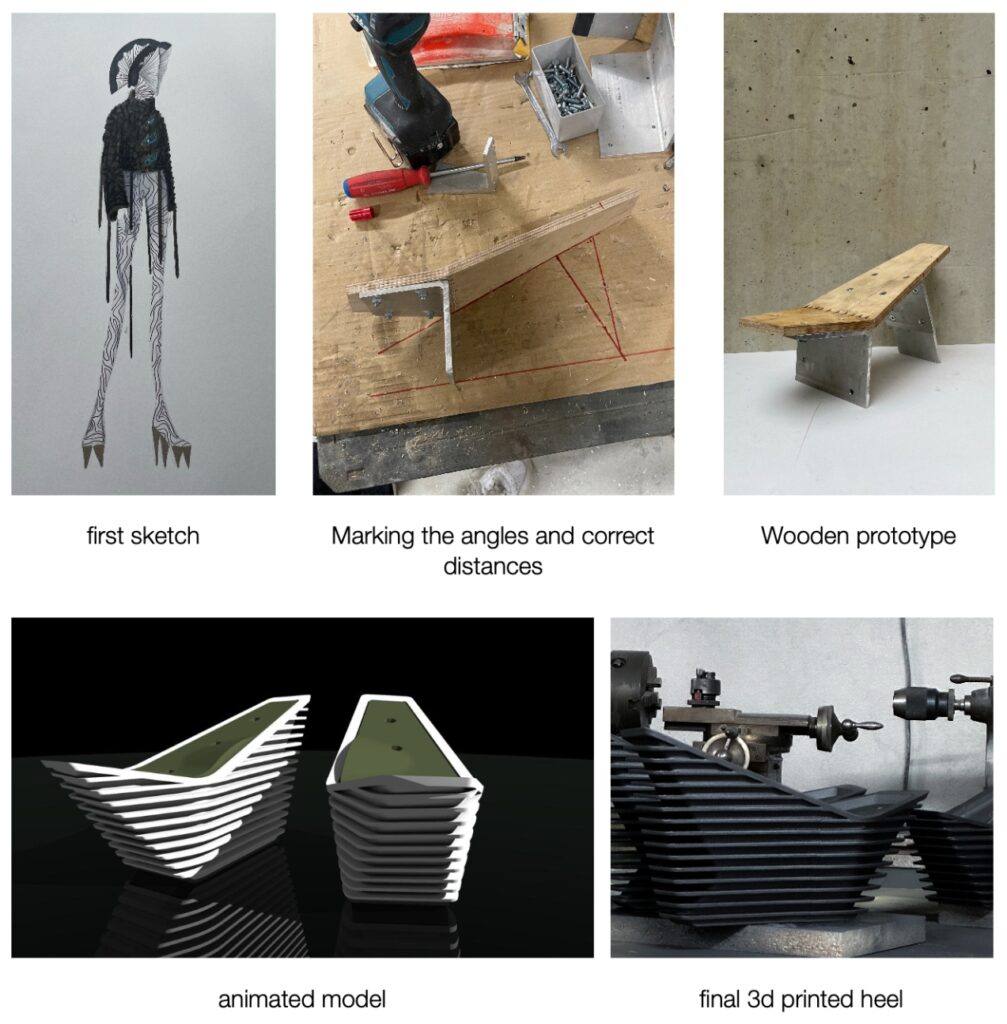
Fabric and textures clearly play an important role in your garments. How do you plan to explore that further? Do you think that it can be a USP for you?
I always strive to find new fabrics. Especially in this collection, I tried to think out of the box. I love to look for new materials everywhere. But I also found the mix particularly exciting, not only to use technical fabrics but also a heavy wool fabric for the black jacket. For me, fabrics are especially important. My USP therefore lies in the combination of technical high-end fabrics and traditional influences.
What did you learn from your experience crafting this collection?
The most important experience was to realize how helpful good time management is. Without precise planning and an overview of the whole, you get lost in the details. I now know that in the future I will have to work in a more disciplined and structured way in order to be able to present a satisfactory result. But this is very difficult for me when I have to try out and develop completely new techniques and processes. Concentrating on a few topics could help then.
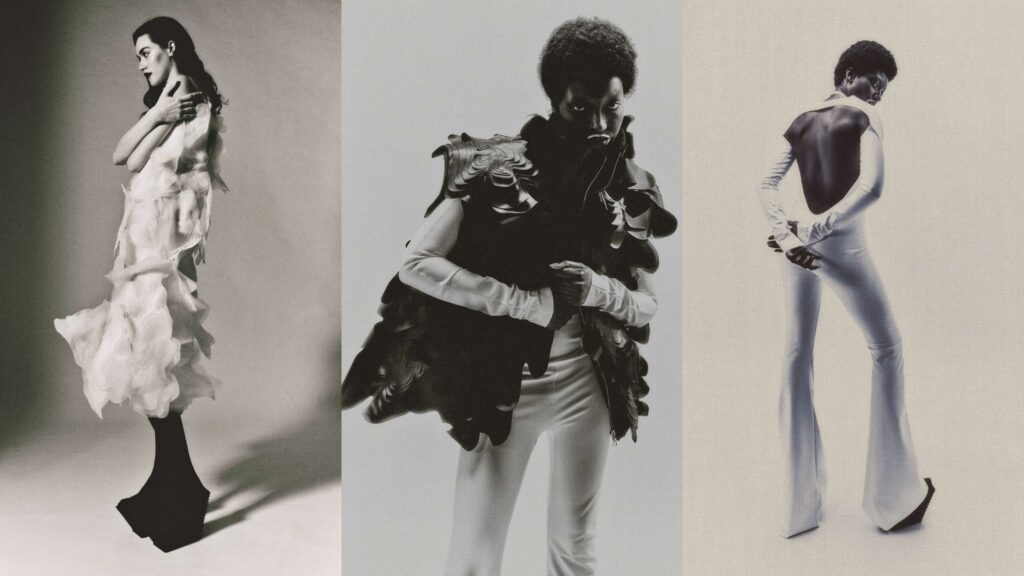
Tell me about some significant inspirations in your fashion journey. Are there any particular designers you look up to? Any brands you admire?
I don’t have a favorite designer, I always try to watch all the fashion shows and inform myself as broadly as possible. However, I really like the aesthetics of Rick Owens and am fascinated by the manufacturing of his clothes. Cut-wise, I find the implementation and design language of Sarah Burton incredibly great and am a big fan.
Visit Lukas Krob’s website by clicking the link here or visit his Instagram by clicking here.
